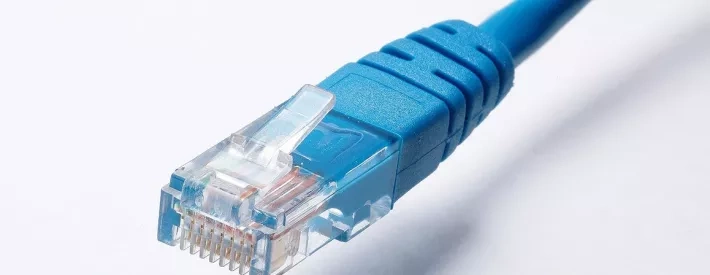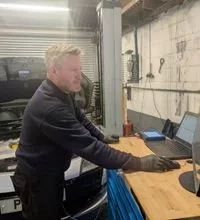Connectivity: back to basics

In this article: As vehicles become increasingly connected MotorPro looks at the onboard communications technologies helping them transfer data between systems
Vehicles are becoming increasingly connected, whether it’s onboard systems that have direct channels of communication with each other or the vehicle being able to send data off-board, either through a hard connection or wirelessly.
These abilities are making vehicles ever more complex, but those working on them shouldn’t be overawed. We take connectivity back to basics, looking at three onboard communications technologies helping cars talk, to themselves and the outside world.
FlexRay
An ultra-fast high capacity data transfer system was needed to cope with processing more data – there is a difference between controlling systems that are essentially either on or off and systems trying to transfer data from, for example, the suspension system in real time.
The second generation BMW X5 was the first application for a high speed data bus system called FlexRay. And the data system has appeared on several models since but has not gained widespread acceptance. Such a system could be achieved with hard wires (electrical) or by multiple isolated systems (electronic) but was only ever possible with a high-speed data bus. The system was not fitted to all versions of the model, and some features were only available as options – but the system had the capability to run a fully loaded network of modules if required.
AUTOSAR
The AUTomotive Open System ARchitecture (AUTOSAR) was primarily a European vehicle manufacturer and Tier One supplier collective ‘push’ to produce a standard of module and controller communication.
The objective was to increase commonality and achieve cost reductions (manufacture scale) as well as dramatically shorten application development for individual vehicle programmes – again, for cost reduction.
Did AUTOSAR work? Well it’s a cornerstone of many vehicle manufacturers based in Germany, but it failed to gain traction across the globe. Not even all the domestic German vehicle manufacturers are part of AUTOSAR, but it is still widely ‘observed’.
Such system standards are coming into place via huge building block kits introduced (separately) by Volkswagen Group, PSA, the Renault-Nissan Alliance, Daimler AG, BMW AG, Ford Motor Company, Fiat-Chrysler Automobiles and Toyota. Major Tier One suppliers such as Continental, Bosch, TRW, Delphi, Valeo and more worked to gradually converge on a common global standard for the way electronic modules and CAN bus operate.
Ethernet
Several new systems are in use or being developed, such as MOST, time triggered CAN, and Byteflight (a protocol designed for use with safety-critical systems such as airbags and seatbelt tensioners). However, one of the more interesting is Ethernet.
Ethernet is a family of computer networking technologies commonly used in local area networks, metropolitan area networks and wide area networks. It was commercially introduced in 1980 and first standardised in 1983 as IEEE 802.3.
Automotive Ethernet does more than support mobile connectivity and complex, high-bandwidth automotive applications; it’s a key enabler for the fully connected autonomous vehicle. Supplier NXP, for example, has designed a broad portfolio of robust, flexible and cost-effective automotive Ethernet products to connect vehicle systems faster and more efficiently.
In an automotive Ethernet setup, multiple vehicle systems simultaneously access high bandwidth over a single cable (a twisted pair). The Ethernet is the backbone of the vehicle network and supports higher levels of data processing and more communication types. Each port receives dedicated bandwidth and the entire backbone is capable of IP connectivity. Instead of supporting individual high-bandwidth functions, the architecture supports all the high-bandwidth functions that reside on the same physical network but use logically separated virtual networks.
Real-time processing and in-vehicle networking technologies of the next decade will likely revolutionize how we move around, how we interact with our vehicles and how our vehicles react to the infrastructure and each other. NXP envision automotive Ethernet as an essential part of this revolution.
Automotive Ethernet will connect the vehicle’s internal digital devices, connect the vehicle with other vehicles and even make the car a productive part of the IoT. It supports the high bandwidth and real-time processing required for today’s infotainment and ADAS systems and provides a platform for the development of truly autonomous driving.
This is an edited and updated article originally created by Auto Industry Insider and first published by the IMI in 2014.




